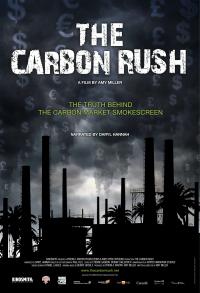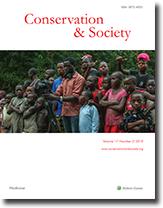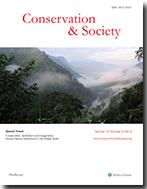"Poverty in the Gwai Forest Reserve, Zimbabwe: 1880–1953"
This study examines the role of colonial foresters in introducing new socioeconomic arrangements that resulted in increased poverty among the Tonga, Shona, and Ndebele communities in the Gwai Forest Reserve of North-Western Matabeleland, Zimbabwe.










